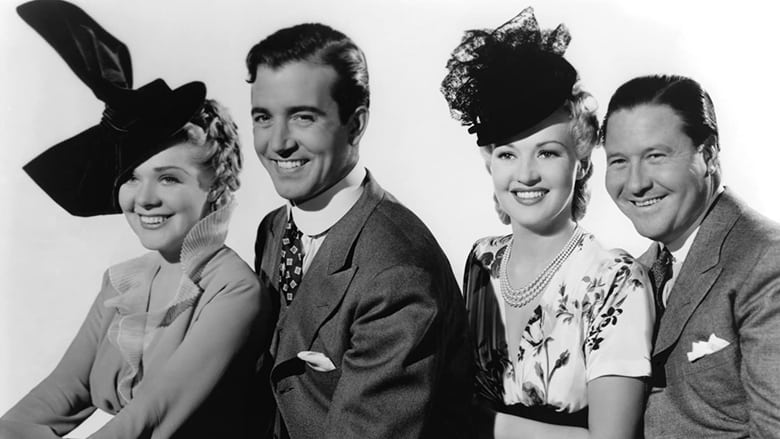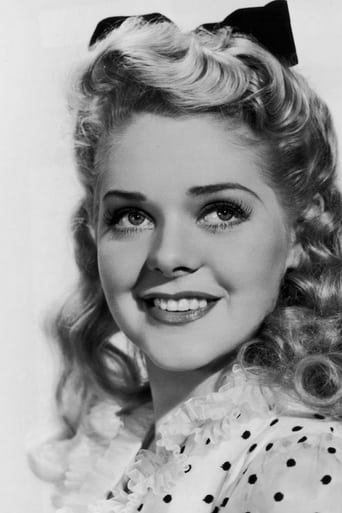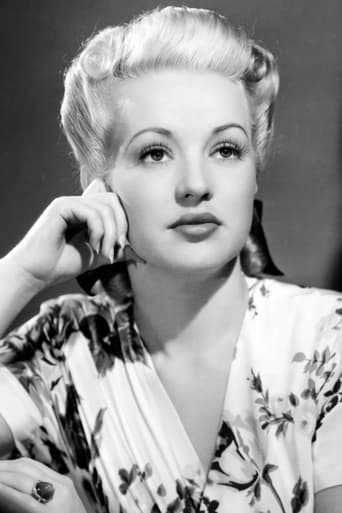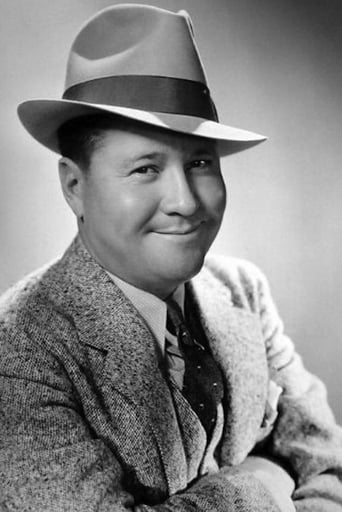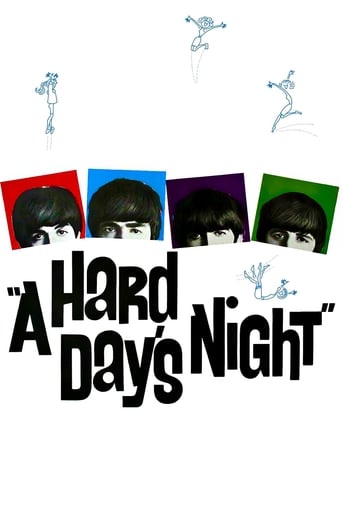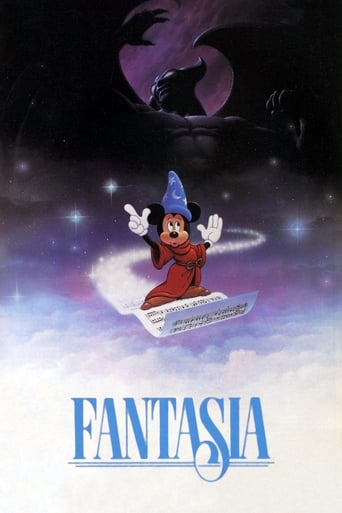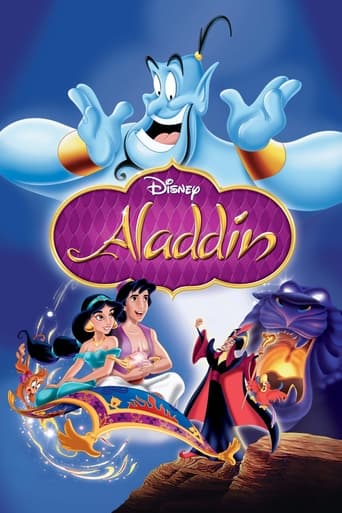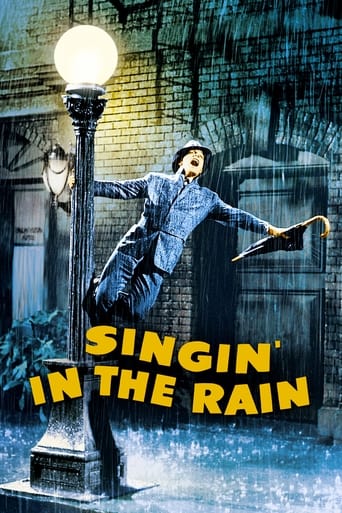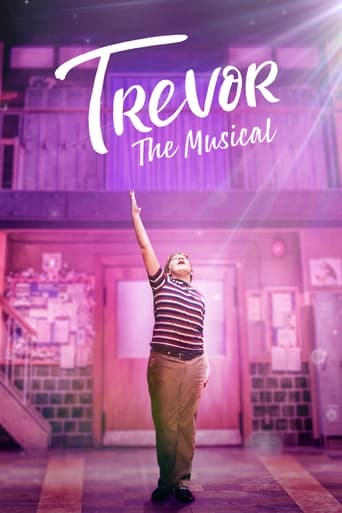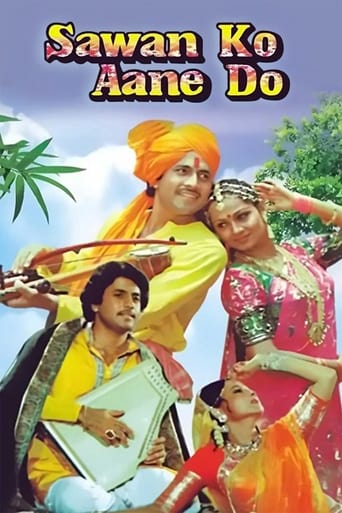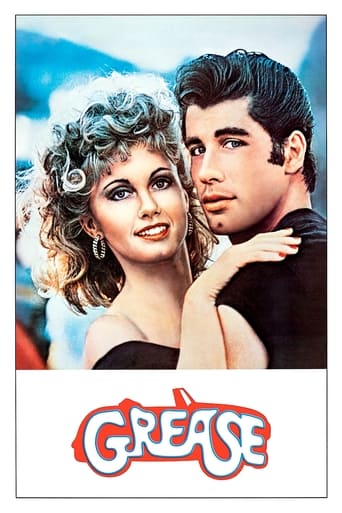Tin Pan Alley (1940)
Songwriters Calhoun and Harrigan get Katie and Lily Blane to introduce a new one. Lily goes to England, and Katy joins her after the boys give a new song to Nora Bayes. All are reunited when the boys, now in the army, show up in England.
Watch Trailer
Free Trial Channels
Cast


Similar titles
Reviews
Overrated
A waste of 90 minutes of my life
n my opinion it was a great movie with some interesting elements, even though having some plot holes and the ending probably was just too messy and crammed together, but still fun to watch and not your casual movie that is similar to all other ones.
It was OK. I don't see why everyone loves it so much. It wasn't very smart or deep or well-directed.
Copyright 29 November 1940 by 20th Century-Fox Film Corp. New York opening at the Roxy: 21 November 1940. U.S. release: 29 November 1940. Australian release: 17 April 1941. Original length: 9,000 feet, 100 minutes. Cut to 8,757 feet (97 minutes) in Australia and to 92 minutes in U.S.A. by deleting a song number, "Get Out and Get Under", featuring Faye, Grable and Oakie.SYNOPSIS: 1915-1919. Rags to riches to rags and back story of a couple of song publishers, one of whom is dumb (and greedy) enough not to realize Alice Faye is a loyal, sensitive girl who's in love with him.NOTES: Tin Pan Alley originally went into production in Technicolor. About half the film was photographed in color (approximately the first half, although there are a couple of later sequences in which the grainy lighting and too-thick make-up indicate original color cinematography) before the process was abandoned. Why is a good question. Two reasons: (1) The Sheik of Araby number ran into censor difficulties ("too much showgirl") and had to be re-shot. It certainly looks less daring in black-and-white. (Perhaps the Nicholas Brothers and Princess Ammon were also added at this stage to give the number "class"); (2) Zanuck felt that Technicolor flattered Grable at Faye's expense. Alice had made her color debut in Hollywood Cavalcade in which she looked great but had no competition. Immediately Tin Pan Alley was in the can, Zanuck rushed Alice into That Night in Rio, her second Technicolor feature, this time with a safe co-star - Carmen Miranda.Alfred Newman won an Academy Award for Best Score. This was the film's only nomination. Because of the color/black-and-white compromise, photography and art direction were ineligible for nomination, but it is strange that "You Say the Sweetest Things, Baby" was not proposed for Best Song. It's not only the first song Harry Warren and Mack Gordon wrote for Alice (it remained her personal favorite of all her numbers) but it's given such a stand-out treatment with such an elaborate musical reprise, I can't figure how any nominator could possibly miss it.The film was remade in 1950 as I'll Get By, with June Haver and William Lundigan directed by Richard Sale.COMMENT: There has to be a higher rating than 100% for this movie. Alice of course dominates the film but she is not allowed to completely overshadow the rest of the cast - as some critics have claimed. True, the script has John Payne elbowing Betty Grable aside to give Alice a shot at "Moonlight Bay", but Betty is by no means neglected. Although she has no romantic steady, she has a couple of solo production numbers as well as joining Alice for "Hawaii" and the movie's delightfully zesty showpiece, "The Sheik of Araby".Comedian Jack Oakie has a regal share of the limelight too, while Payne has if anything even more footage. And there's a grand supporting roster including Allen Jenkins, Elisha Cook and Charles Wilson (all of whom have some delightful running gags), not to mention Esther Ralston, Billy Gilbert, the Nicholas Brothers and Billy Bevan who are also given their opportunities to shine.It's to Alice's credit that she's so electrifying we still pine when she's off-screen (which is really quite often), especially during the straight Payne episodes. Fortunately the songs are an incomparably breezy lot - and they are given a marvelously aggressive orchestration and often an all-stops-out treatment with elaborate reprises and thrilling montages. The sound of course is absolutely dazzling.Walter Lang's pacey direction makes the most of the picture's superb production values. No expense whatever has been spared on lavish sets and crowd scenes. And what about those incredible period costumes that Alice and Betty fill so gracefully? All told, marvelous entertainment with catchy songs, amusing business and a power-plus cast. Hollywood zest at its best!
"Tin Pan Alley" is a rare misfire for Fox, which had a string of hits around this time period. In fact, they used several of the same stars in this one as in previous pictures. Alice Faye, John Payne, Betty Grable and Jack Oakie - what more could you ask for? Well, you might ask for some better songs and a better storyline, because this plot is threadbare and had been done better many times in the past. Boy meets girl, Boy loses girl ( because pride goeth before a fall), boy wins girl back. Did you read the list of song titles? Well, most of them are background music except for "You Say The Sweetest Things", which was written especially for this picture and was the best number.Special mention should be made of "America, I Love You", to which I have awarded a Hand-Painted Mustache Cup for the Worst Production Number In A Major Musical. Mournful and tuneless, this song was given a big build-up as a flag-waving tribute to the troops in WWI and all concerned tried mightily to put it over. This dreadful song, however, defied all efforts and pulled down an already routine musical into subpar status.If you like the cast and if you like Fox musicals - and there are many to like - try another picture.
Alice Faye and Betty Grable were made for each other as a sister act, together or separately. As the dominant sister, Alice got most of the single numbers, but Betty got to show her stuff in the "Honeysuckle Rose"- "Moonlight and Roses" routine. I can't believe they were never paired again(Well, they were supposed to be in "The Dolly Sisters", but it was too late, as Alice decided to retire just then). John Payne and Jack Oakie were another great buddy pair, Oakie providing a perfect comic balance to Payne's serious demeanor, as a pair of struggling tune smiths. Oakie does an impromptu rendition of a classic George M. Cohan war moral booster, composed about the time this story takes place, at the beginning of WWI. This duo would appear together or separately in several more Faye films. Payne would also serve as a usually successful rival for Betty's heart in several other films. Too bad Oakie was never considered romantic material for the leading ladies. He was certainly charming enough. He could have teamed up with Betty while Payne was romancing or sulking with Alice.The Nicholas Brothers were yet another talented pair, though they only appeared in their dance routine in "The Sheik of Araby" extravaganza. Breaking the color barrier, they appeared in a number of top musicals of this era, including "Sun Valley Serenade" and the all African American cast in "Stormy Weather", where they performed perhaps their most famous routine. Rotund veteran comedian Billy Gilbert seemed bored with his harem and other diversions, until Alice and Betty showed up in his harem, when he joined them in a memorable song and dance rendition of the title song for "The Sheik of Araby" scene. All in all, a great vaudevillian mix of song and dance, comedy and romantic drama. My main regret is that this wasn't filmed in Technicolor. Few films were then, and the studios didn't always pick the right ones for this luxury treatment. It's about time a DVD version of this classic musical comedy was made available, and dare I hope for a colorized version?This film was essentially remade in 1949as "Oh, You Beautiful Doll", in Technicolor. June Haver and Gail Robbins took the places of Alice and Betty. Mark Stevens and S.Z. Sakal took the places of Payne and Oakie, respectively. I like the original better, except it was filmed in B&W.
From the first time I saw Tin Pan Alley I played it over and over, because I enjoyed the music so much and the stars were in top form. While I rarely seek out the actors in films made to-day, I tune into any old film featuring Alice Faye, John Payne, Betty Grable or Jack Oakie, hoping to find something just as engaging. The unabashed sentimentality of the music and simple straight forward humour make it a refreshing change from to-day's tasteless films. While Alice Faye tackles the love songs with John Payne, as a consumate professional, I am always sure he is using a lot of self control not break into laughter, and that they had a lot of fun making the movie.


